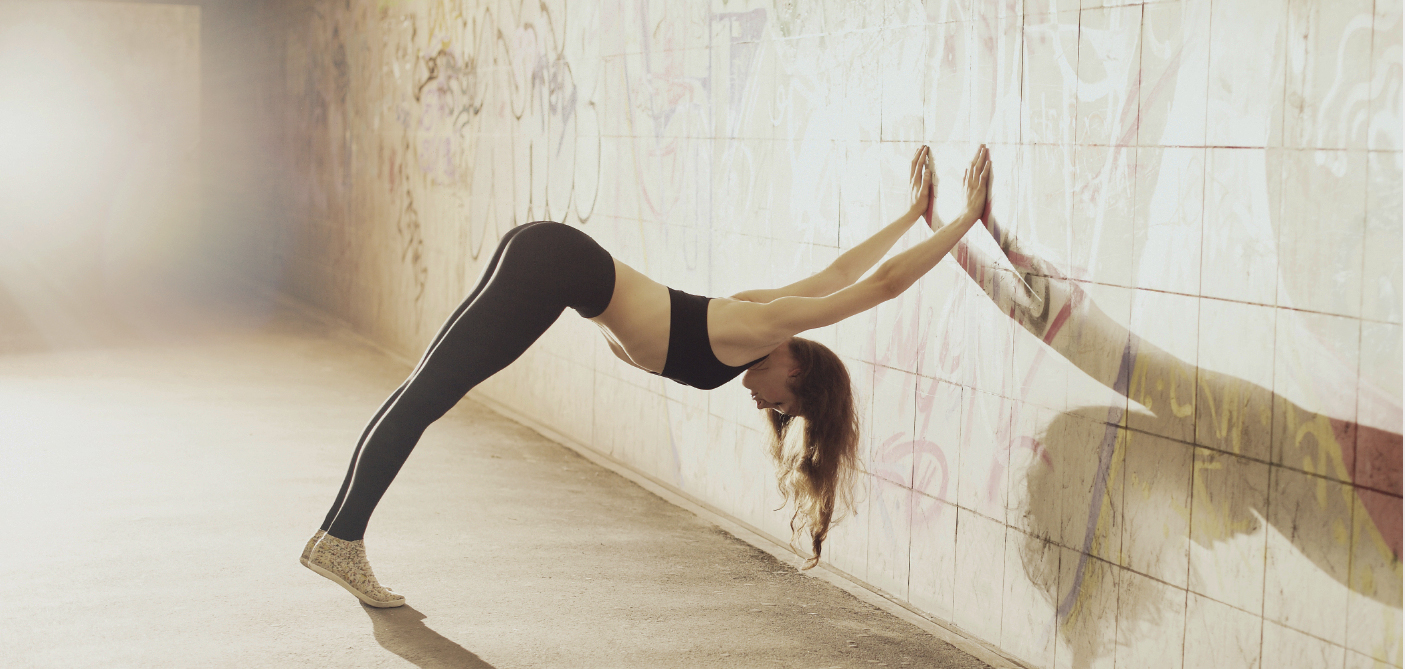We’ve all been told we need to move more. Ironically, we’ve also been told we need to move less and still our minds. How can we strike the balance between getting enough movement and stillness in our modern lives? Our expert and author of the Psychology of Spas & Wellbeing Jeremy McCarthy finds out.
The greatest irony of modern life is that the two things we need more of are movement and stillness: two activities which sit at opposite ends of the spectrum. Our bodies and minds require significant amounts of activity and rest, yet modern lifestyle seems to prevent us from doing either very well.
Modern conveniences and technology, for example, have stifled our movement patterns. We use cars, elevators and escalators to move us from point A to point B. When we do walk, we do so on paved paths so we don’t have to be concerned with uneven surfaces or obstacles to move over, under or around.
And we spend much of our time sitting in chairs, a modern (relatively speaking) invention designed to keep us comfortable. The chair, along with the toilet, has made the “squat” inaccessible to the modern adult. This was a primal movement pattern that our ancestors could comfortably settle into for hours.
On the flip-side, our minds have never been more active. We have hundreds (if not thousands) of digital “friends” across our social networks. New devices and technologies allow us to be connected every waking minute.
While we may be “sedentary,” we are not rested. We try to squeeze productivity into every waking second by plugging our minds into technology. But time and time again research has shown this state is not healthy; not only does the body need time to rest, but the mind also needs time to recover and to process the vast amounts of data we receive in the age of information.
Our ancestors did not have the option of constant productivity. They were forced into downtime during long walks in search of food and water, lengthy meal preparation times, and simply having more time at leisure—something we lost during the industrial revolution.
So we find ourselves in a strange contradiction; we need to simultaneously practice more movement and more stillness.
I’m not the first person to draw attention to these issues. Increasingly we are being told that “sitting is the new smoking,” with inactivity increasing our risk of disease and physically leaving us with weak core muscles, shortened hip flexors and poor posture. There is growing awareness of the need for movement in our lives.
Participating in sports or following a specific fitness regime may be useful, but it may not be the panacea for our problems. A lot of exercise locks us into limited movement patterns, which may cause imbalances and injuries in the body. And for some, aggressive sports may exacerbate the mind’s activity, exhausting our reserves and minds even further.
So, how do we strike the balance? By achieving more movement and more stillness and by practicing both mindfully.
Get more stillness in your life
- Create a stillness ritual that starts an hour before bedtime, from listening to classical music, sitting on the couch observing your breath, or practicing gentle stretches
- Spend time with your family where you do nothing but be present for them
- Practice a technology-free night in your home
Get more movement in your life
- Mix up your exercise. Change your workout every week. Don’t play one sport, dabble in several. Bring more variety to your movement
- Work on new movement patterns that have become lost to you: a squat, a handstand, or a cartwheel, for example. Always push the boundaries of your physical capabilities
Introduce mindful movement
- Practice moving through nature in varied and unpredictable ways. Try hiking or trail running combined with regular stops for scenic views like lookouts or waterfalls
- Rather than practicing your morning meditation at home, why not walk to a park first? Better yet, why not try a moving meditation?
This article was originally published on his blog, The Psychology of Wellbeing.
